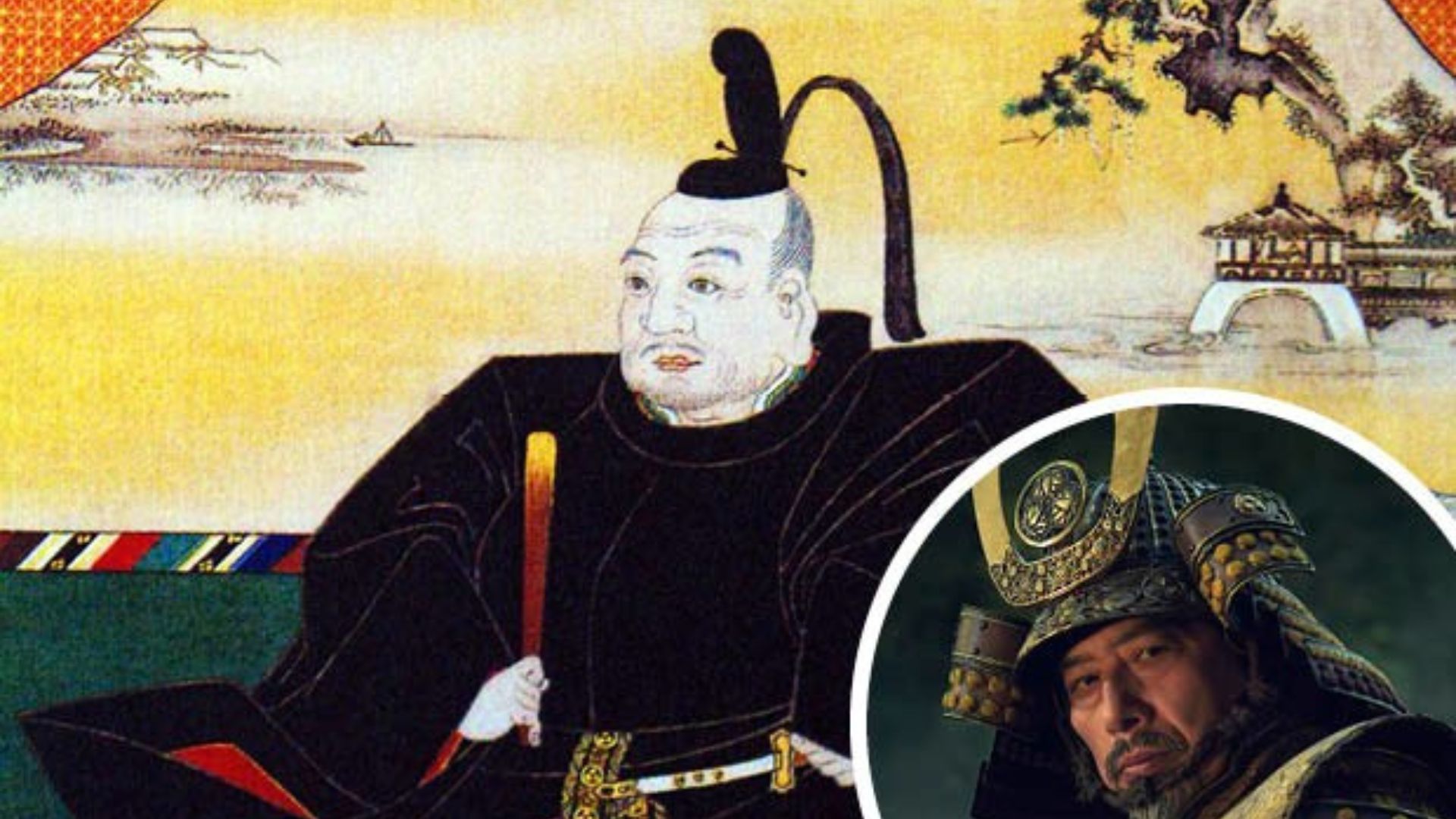Saigō Takamori is one of Japan’s most legendary figures, often called “The Last Samurai.” He played a major role in the Meiji Restoration, which transformed Japan from a feudal society into a modern nation. However, his resistance to the changes he helped create ultimately led to his downfall in the Satsuma Rebellion of 1877.

Early Life and Samurai Beginnings
Saigō Takamori was born in 1828 in Kagoshima, the capital of the Satsuma domain (modern-day Kagoshima Prefecture). As the son of a low-ranking samurai, he trained in martial arts and Confucian philosophy, preparing for a life of service to his domain.
In his early years, Saigō became an important advisor to the lord of Satsuma, Shimazu Nariakira. He supported policies that aimed to strengthen Japan against Western influence while maintaining its traditional values. However, when political tensions forced him into exile in 1859, he spent several years in isolation and reflection before returning to power.
Role in the Meiji Restoration
During the 1860s, Japan was undergoing major changes. The ruling Tokugawa shogunate had weakened, and many samurai sought to restore the emperor’s power. Saigō became a key leader in the anti-shogunate movement, using his military skills and political influence to support the emperor.
-
Boshin War (1868-1869): Saigō helped lead imperial forces against the Tokugawa shogunate, winning key battles and securing victory.
-
End of the Samurai Era: After the war, the Meiji government abolished the samurai class, modernized the military, and introduced Western-style reforms.
Saigō initially supported these changes, believing they were necessary for Japan’s survival. He became a senior government official and helped shape early Meiji policies.
The Satsuma Rebellion: A Samurai’s Last Stand
Despite his initial support for modernization, Saigō grew disillusioned with the Meiji government. He opposed policies that removed samurai privileges, replaced them with a conscripted army, and prioritized Western ideas over traditional values.
In 1877, tensions erupted into the Satsuma Rebellion, a samurai uprising against the government. Saigō led over 20,000 samurai warriors in battle, hoping to restore samurai honor. However, the imperial army, armed with modern weapons, crushed the rebellion after months of fighting.
Saigō and his remaining forces made a final stand at Shiroyama, where they were outnumbered and outgunned. Refusing to surrender, he fought to the end, dying in battle or by ritual suicide (seppuku), according to some accounts.
Legacy of Saigō Takamori
Although the Satsuma Rebellion failed, Saigō became a symbol of samurai spirit, loyalty, and resistance to change. His legacy continues to inspire Japanese culture, appearing in books, films, and even the movie “The Last Samurai” (2003).
In 1889, the Meiji government pardoned Saigō posthumously, recognizing his contributions to Japan’s transformation. Today, his statue stands in Ueno Park, Tokyo, honoring his memory as a hero of Japan’s past and a bridge to its future.
Conclusion
Saigō Takamori played a key role in shaping modern Japan, helping overthrow the Tokugawa shogunate and usher in the Meiji era. Yet, he also fought against the very changes he helped create, leading to his downfall. His story embodies the struggle between tradition and progress, making him one of Japan’s most respected and legendary samurai figures.











